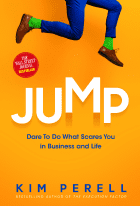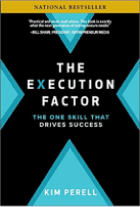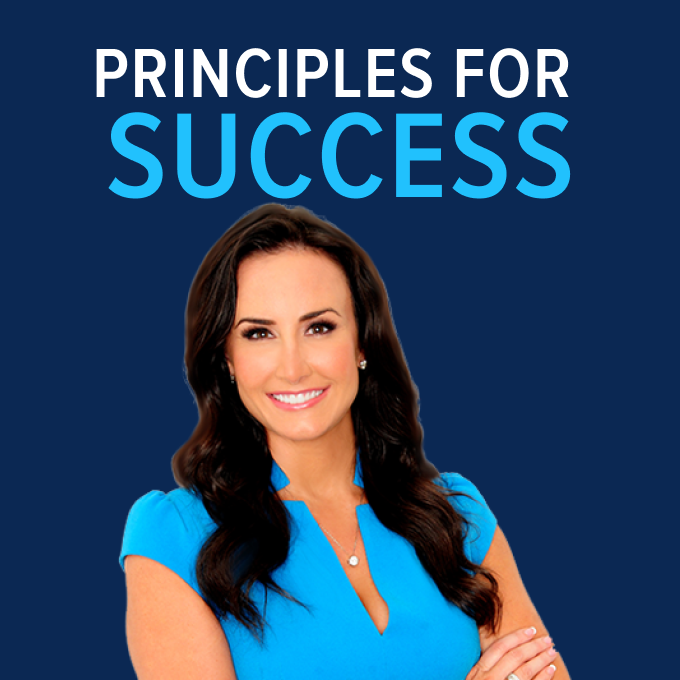Entrepreneurs know that developing a successful business is an exercise in flexibility — and failure. Entrepreneurship isn’t about being brilliant; it’s about being adaptive and resilient. And the combination of the right emotions and the right mindset is the key to being resilient. There are three strategies to help entrepreneurs develop this prime combination.
When I started my first company, we were operating on a bare-bones budget and hadn’t purchased a backup server. It was too expensive, and there was no such thing as the cloud at this point. I’ll never forget walking through IKEA one weekend when my tech guy called me. He told me that our server had failed and couldn’t be fixed. My heart dropped; I thought it was the end of my company. That one server represented the entirety of the business — the very real possibility of losing the business, too, was terrifying.
Entrepreneurs know about obstacles. Startups fail 90 percent of the time, so determined entrepreneurs know that failure is something they’ll have to confront regularly. Turning a concept into a reality isn’t easy, but true entrepreneurs don’t expect it to be. They know that developing a successful business is an exercise in flexibility — and failure. I know from experience that entrepreneurship isn’t about being brilliant; it’s about being adaptive and resilient.
THE RIGHT MINDSET
Being able to adapt is critical for success. Studies show that learning is most effective when it’s challenging. Your brain literally grows in response to difficulty. From learning as a young child to protecting your brain against aging, challenging yourself is key.
Stanford psychologist Carol Dweck popularized this concept in her 2009 book “Mindset: The New Psychology of Success.” She states that a successful and fulfilling life comes from a growth mindset, one that constantly seeks a challenge. With a fixed mindset, where everything has to work a certain way (i.e., be perfect), the inevitable setbacks can seem traumatic. With a growth mindset, however, you are prepared to overcome challenges.
We should look at challenges and obstacles, therefore, as opportunities to grow and learn. The loss of our single server was awful, yes, but it also built up my resilience (and taught me to invest in an automated backup). But resilience isn’t simply learning from failure; there’s an emotional component to it. In her book “Grit: The Power of Passion and Perseverance,” Angela Duckworth describes “grit” as the ability to keep going when it would be easier to give in to fear, doubt, and disappointment.
DEVELOPING RESILIENCE
I think of the emotional component of resilience as a person’s “heartset.” It’s the combination of putting the right emotions — the right heartset — with the right mindset that is the key to being resilient. Here are three strategies to help you develop this prime combination:
1. Challenge Yourself
Develop the right mindset to achieve growth and resilience by challenging yourself. In every situation, personal and professional, ask yourself, “What can I learn from this?” How do your experiences and those of your team inform your thinking? In a rapidly changing world, a mindset that encourages growth, no matter the situation, is essential.
2. Develop Strategies Ahead of Time
Improve your heartset by developing strategies to deal with the tough emotions that come along with challenges. We’re not always our best selves in high-stress situations. Emotional control is the key to success; make sure you have the tools in place to help manage your emotions. This can be specific activities like meditation and relaxation or practices such as coaching or mentoring. Having the right person available to you in a crisis can provide helpful perspective and support when you feel on the verge of a meltdown. Ensure you have access to someone (or several people) who can be there for you.
3. Don’t Wait for Obstacles
Develop resilience before obstacles occur. Create challenging scenarios for yourself and your team so the entire organization is constantly practicing and improving its adaptability. If you wait until a crisis arises to practice your collective resilience, you might not fare as well as if you were well-versed in it. There’s a reason fire drills exist. Help your team be prepared to stare down obstacles and emerge unscathed.
The weekend my company lost all of its data was one of the longest weekends of my life — I knew that without that database, the business didn’t exist. We could have folded right there, made an excuse, and run from disaster. But we didn’t.
On Monday, we risked embarrassment and reached out to our clients, telling them what had happened and asking for their support while we rebuilt. We were back up and running in a matter of weeks. It was a tough experience, but it built up my resilience and that of my team. I wouldn’t want it any other way.
What experiences have allowed you and your team to grow more resilient?










